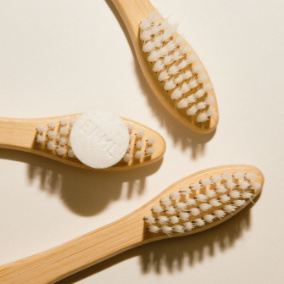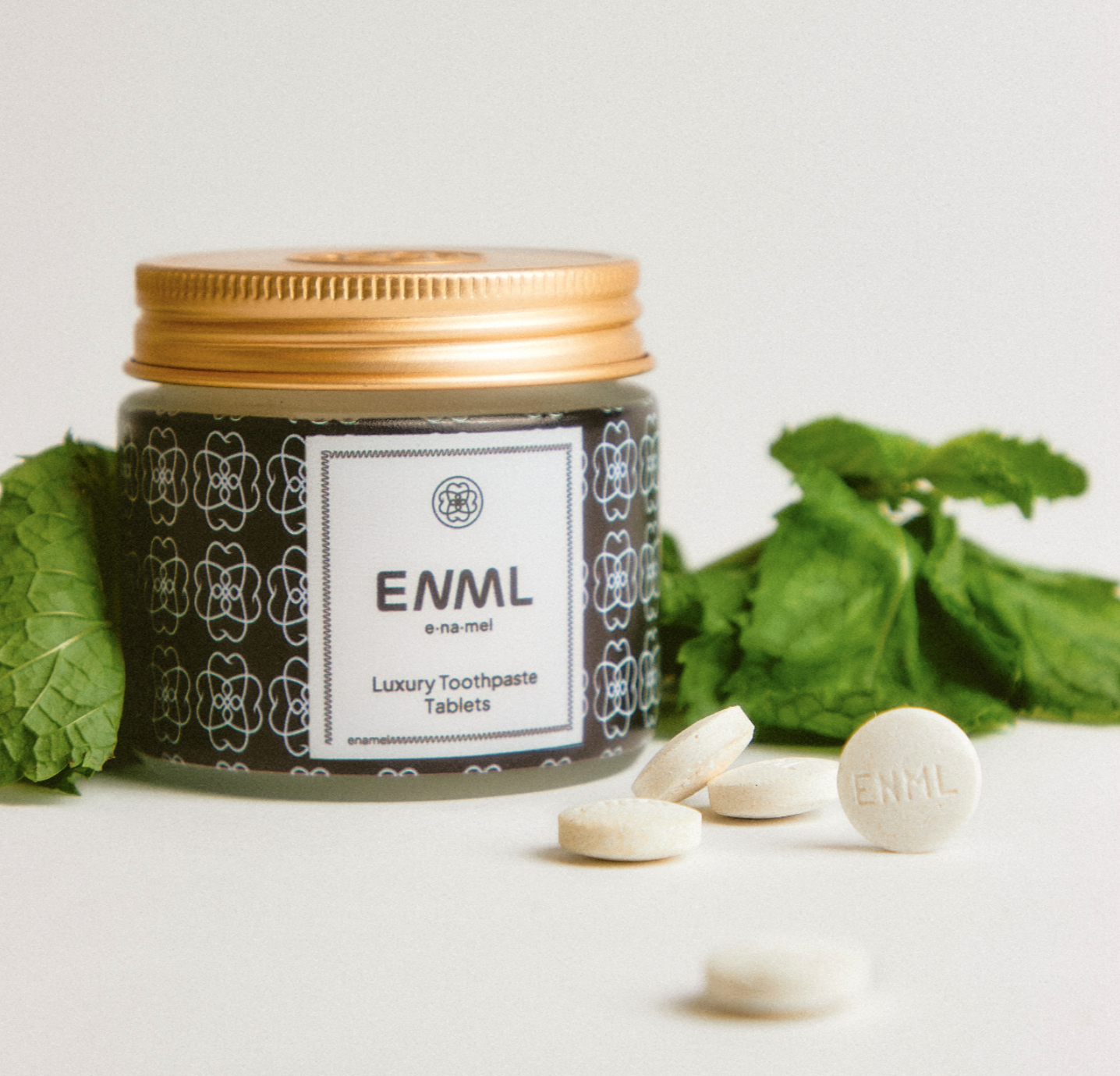Cavities are often misunderstood. Many believe bacteria directly eat away at teeth, but the real culprit is more complex. Dr. Jordan Harper explains how bacteria, plaque, and acid work together to cause tooth decay—and what you can do to prevent it. Understanding this process is the first step toward maintaining a cavity-free smile.
What causes cavities, and how does acid play a role in tooth decay?
Cavities are caused by acid produced as bacteria feed on plaque and leftover food particles, not by bacteria eating the tooth itself.
💡Related Post: What Causes Demineralization and How to Prevent It: A Guide to Protecting Your Teeth
Key Questions and Answers
-
How do cavities form?
Bacteria in plaque feed on food particles stuck to your teeth. As they consume these particles, they release acid as a byproduct, which erodes enamel and creates cavities. -
What role does acid play in tooth decay?
The acid byproduct of bacteria breaks down enamel, creating small holes that eventually lead to cavities if left untreated. -
Can brushing and flossing prevent cavities?
Yes, removing plaque and food debris through proper brushing and flossing reduces bacterial activity, minimizing acid production and protecting enamel. -
What are the best products to prevent cavities?
Toothpaste with microhydroxyapatite can help remineralize enamel, counteracting the effects of acid erosion and preventing cavities.
Conclusion
Cavities aren’t caused by bacteria eating your teeth but by the acid they produce. Prevention lies in maintaining a clean oral environment and using products that protect and strengthen enamel. Discover Enamel’s innovative solutions at ENML.com.
Transcript
So most people don't realize everyone knows associates bacteria with cavities. What actually happens, the bacteria is not eating your tooth. The bacteria is eating the food that's in a plaque biofilm. Then the secretions, the by product of the bacteria nibbling on that food is acid. That's how it eats a hole inside your tooth.
And most people don't know that. Um, so you get like a little hole in the tooth that becomes a cavity, and then you got to come see me to come fix it. Okay. Um, and so that's it. That's another example of, of a way demineralization happens. Yeah.






